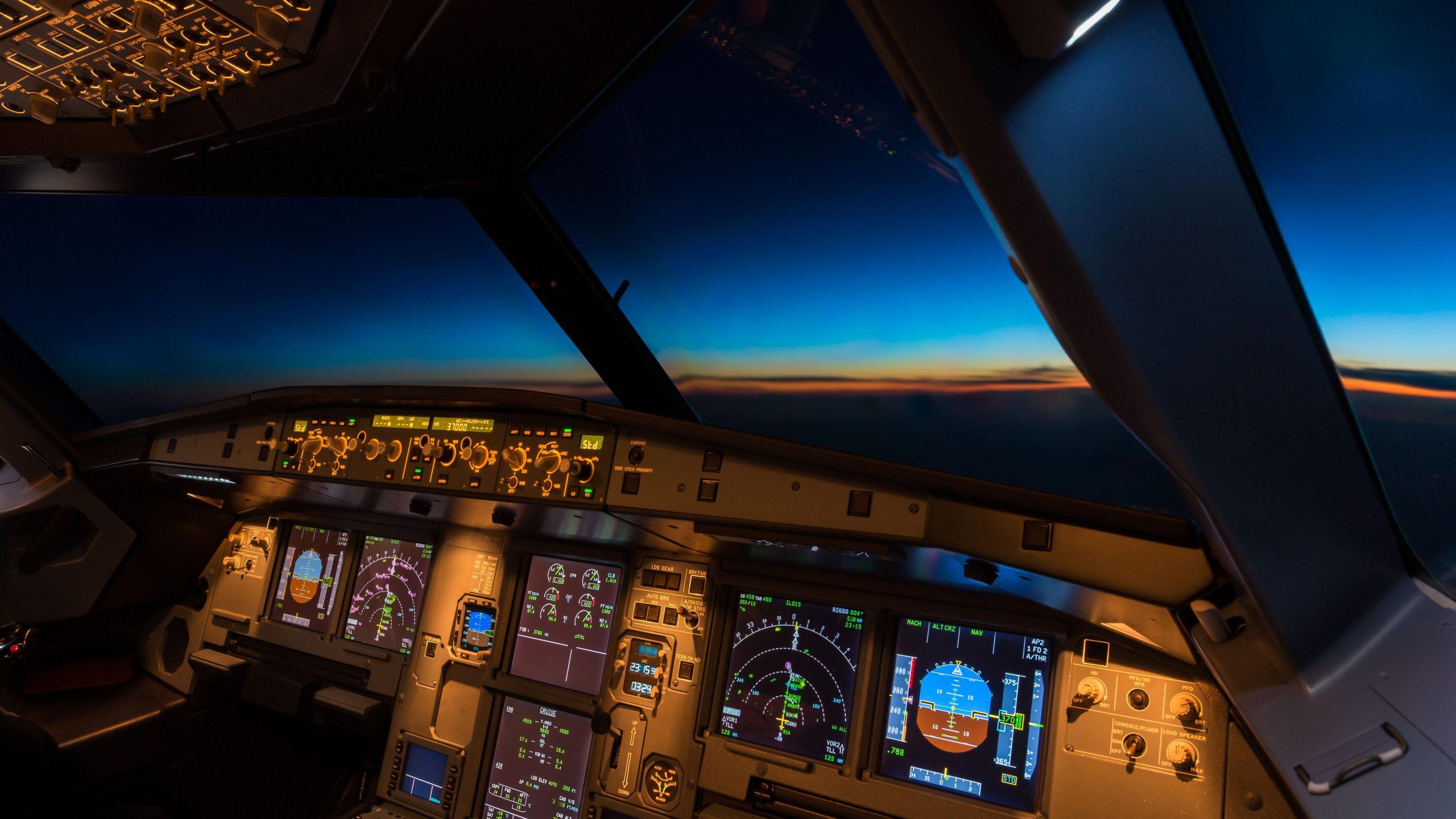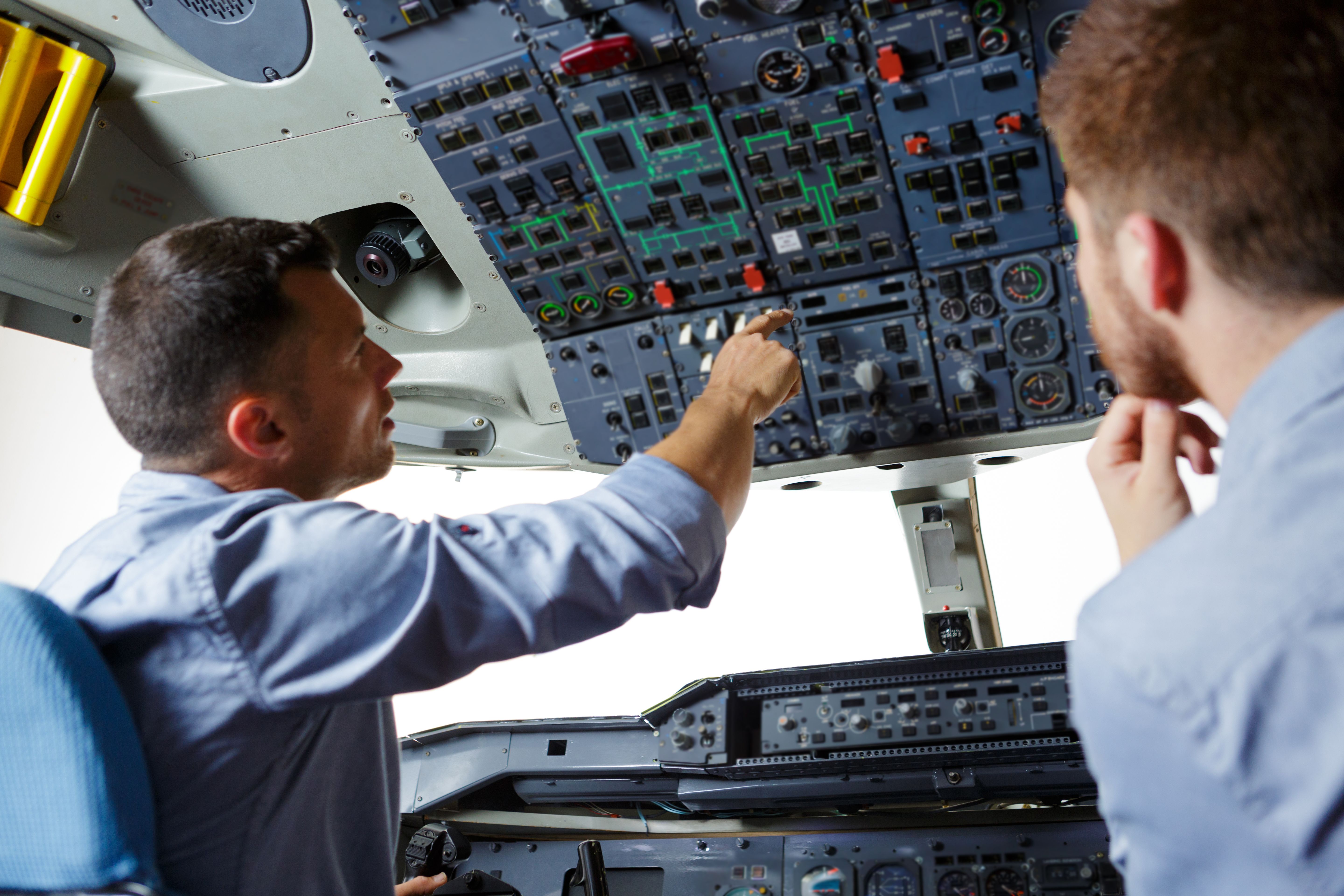Summary
- The cruise segment of a flight allows pilots to lightly split their attention between monitoring automation and maintaining a view of the larger picture at hand.
- Pilots use software and communication tools to track and avoid convective weather during cruise.
- They also monitor and manage the aircraft’s systems, including hydraulics, electrical, air conditioning, and fuel.
It’s not a secret that the autopilot flies the vast majority of a flight. Most airliners allow for the use of full automation in the first few hundred feet of the climb and don’t require it to be turned off until moments before landing, if at all. Though many pilots enjoy hand flying, cruise flight is almost exclusively flown by the autopilot. Here’s what pilots do while the plane is “flying itself.”
Weather avoidance
One of the primary responsibilities of pilots during all phases of flight is avoiding convective weather (thunderstorms). In rarer cases, pilots must also avoid volcanic ash or wildfire smoke. Weather is incredibly dynamic, and both pilots use all the tools at their disposal during cruise to evaluate and assess changing conditions, especially when approaching an extensive frontal system.
Photo: Hit1 9 1 2 I Shutterstock
Pilots use software on iPads and other electronic flight bag devices to track developing weather. These devices are connected to a dedicated WiFi network on the plane, which provides updated weather overviews, including cloud heights, turbulence intensities, wind velocities, and a storm’s movement. Pilot’s conversations with each other are dedicated primarily to weather avoidance when they are flying near or around a storm. Making the right decision about altitudes to fly at and deviation courses takes a fair amount of mental energy, and pilots work together to make a unified decision. Having the autopilot engaged during this process helps save a lot of mental energy.
System monitoring
Paying attention to an airliner’s systems requires a small amount of engagement compared to other flying-related responsibilities. Thanks to the evolution of technology and the genius engineers who design airliners, most large aircraft will alert the pilots to an impending or actual problem with any of its systems with a notification, light, chime, or otherwise. Pilots can perform a QRH checklist and take the appropriate action from there. Pilots must check hydraulics, electrical, air conditioning and pressurization, and fuel systems at multiple junctures on a given flight.
Photo: ALPA PROD I Shutterstock
Aside from onboard systems, pilots monitor the air traffic control system as best they can in cruise. With the help of dispatchers and controllers, pilots can predict and build mental models of delays, shortcuts, holds, reroutes, and diversions based on the information they receive during the cruise. Managing fuel and holding or diversion strategies requires a lot of attention and communication with airline personnel on the ground. Pilots try to stay as far ahead in their understanding of the ATC system by staying in touch with dispatchers and asking ATC for outlooks if the controllers can provide them.
Humans, by nature, aren’t great at performing automated tasks for long periods. Instead, we are good monitors of automation when our attention can be lightly split between multiple light tasks. The cruise segment of a flight and its associated tasks are perfect examples of this ability at work. While the plane performs the redundant task of holding the aircraft straight and level, its pilots can maintain a view of the larger picture.



